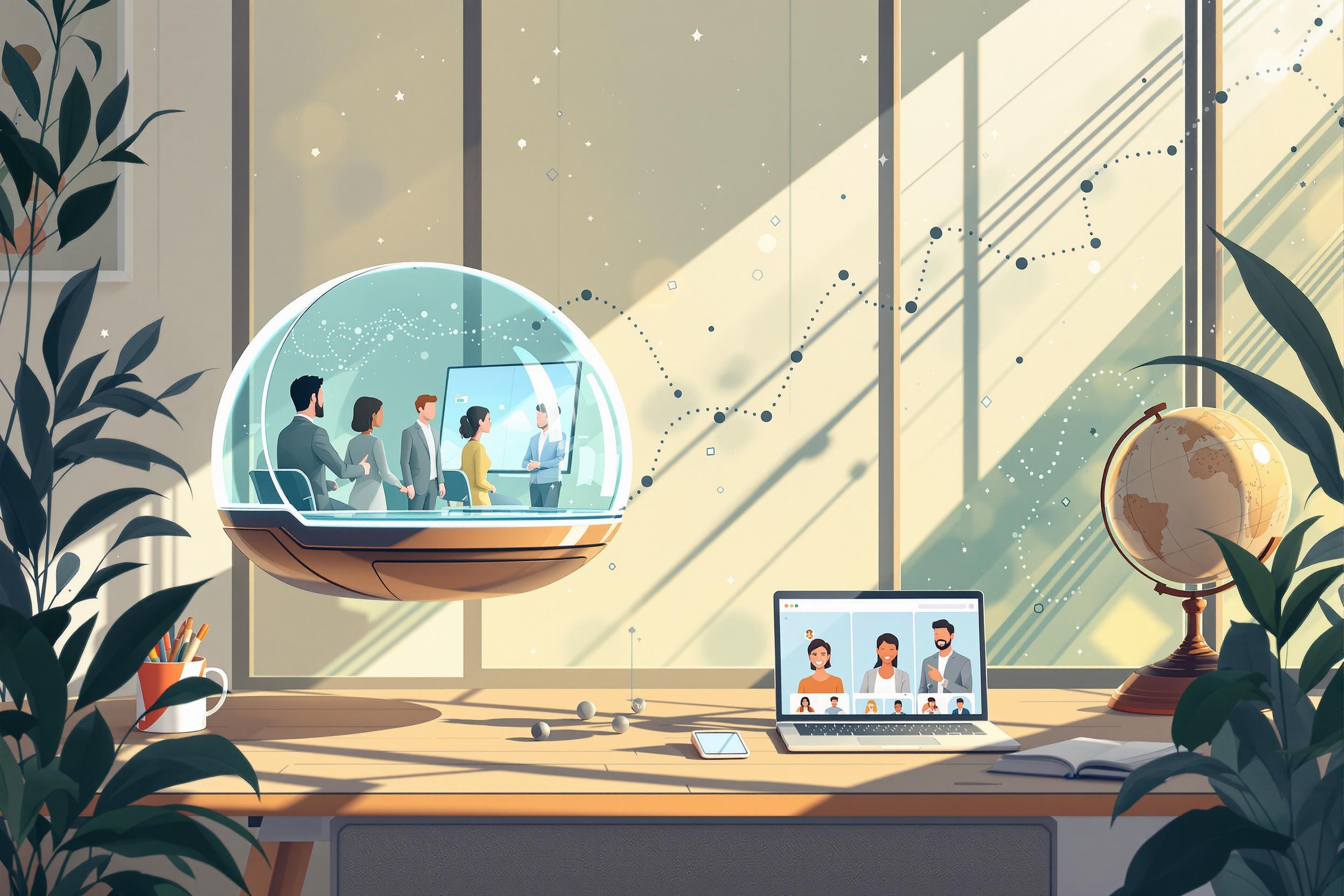
Wide-angle
Wide-angle refers to a type of photography and the equipment used to capture broader views of scenes. It's like taking a step back to fit more into the picture. Photographers use wide-angle lenses to photograph large spaces like buildings, landscapes, or indoor rooms. This skill is particularly valuable in real estate, architecture, and landscape photography. When someone mentions wide-angle experience on their resume, it shows they know how to handle challenging shooting situations where they need to capture more of the scene than a standard lens allows.
Examples in Resumes
Specialized in Wide-angle photography for luxury real estate listings
Created stunning landscape portfolios using Wide-angle and Ultra-wide techniques
Mastered architectural photography with Wide-angle lenses for commercial clients
Typical job title: "Wide-angle Photographers"
Also try searching for:
Where to Find Wide-angle Photographers
Online Communities
Job Boards
Professional Networks
Example Interview Questions
Senior Level Questions
Q: How do you handle distortion issues when shooting with wide-angle lenses?
Expected Answer: A senior photographer should explain how they correct perspective distortion in architectural shots, manage straight lines in buildings, and maintain natural proportions in their subjects.
Q: What's your approach to lighting large spaces with wide-angle shots?
Expected Answer: Should discuss techniques for balancing natural and artificial light across large spaces, managing shadows, and ensuring even exposure throughout the frame.
Mid Level Questions
Q: What wide-angle focal lengths do you typically use for different types of shoots?
Expected Answer: Should be able to explain which lens widths they choose for different situations like real estate (wider) versus environmental portraits (moderately wide).
Q: How do you compose wide-angle shots to maintain visual interest?
Expected Answer: Should discuss using foreground elements, leading lines, and proper subject placement to create engaging wide-angle compositions.
Junior Level Questions
Q: What's the main difference between a wide-angle and standard lens?
Expected Answer: Should explain that wide-angle lenses capture a broader view than what the human eye sees, making them ideal for landscapes and architecture.
Q: When would you choose to use a wide-angle lens?
Expected Answer: Should mention common situations like real estate photography, landscapes, or tight indoor spaces where capturing more of the scene is necessary.
Experience Level Indicators
Junior (0-2 years)
- Basic wide-angle lens operation
- Simple composition techniques
- Understanding of basic distortion control
- Real estate photography basics
Mid (2-5 years)
- Advanced composition with wide angles
- Distortion correction techniques
- Lighting large spaces effectively
- Commercial photography experience
Senior (5+ years)
- Expert architectural photography
- Complex lighting scenarios
- High-end real estate photography
- Teaching and training others
Red Flags to Watch For
- No understanding of perspective distortion
- Lack of composition skills
- No experience with professional wide-angle lenses
- Unable to handle challenging lighting situations
Related Terms
Need more hiring wisdom? Check these out...

Navigating the Virtual Horizon: Rethinking Leadership Succession in a Remote-First World

Refining Job Descriptions to Expand Applicant Pools: Casting a Wider Talent Net

Redefining Team Collaboration in a Digital Workspace

